-
Product Name
Anti-GRAMD1A antibody
- Documents
-
Description
Mouse monoclonal antibody to GRAMD1A
-
Tested applications
WB, ICC, IHC-P
-
Species reactivity
Human, Mouse
-
Alternative names
KIAA1533 antibody
-
Isotype
Mouse IgM
-
Preparation
This antigen of this antibody was recombinant protein
-
Clonality
Monoclonal
-
Formulation
Liquid, 1*PBS (pH7.4), 0.2% BSA, 40% Glycerol. Preservative: 0.05% Sodium Azide
-
Storage instructions
Store at +4℃ after thawing. Aliquot store at -20℃ or -80℃. Avoid repeated freeze / thaw cycles.
-
Applications
WB: 1:1,000-1:2,000
ICC: 1:50-1:200
IHC-P: 1:50-1:200
-
Validations
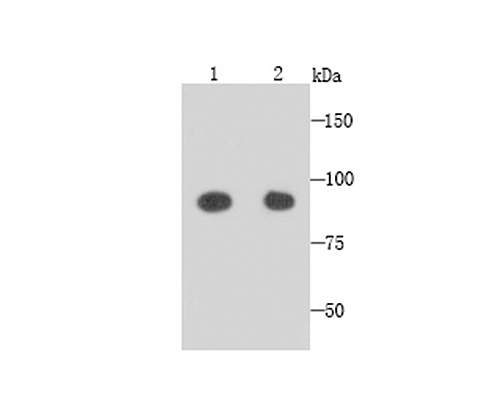
Fig1: Western blot analysis of GRAMD1A on NIH/3T3 (1) and SHG-44 (2) cells lysates using anti-GRAMD1A antibody at 1/1,000 dilution.
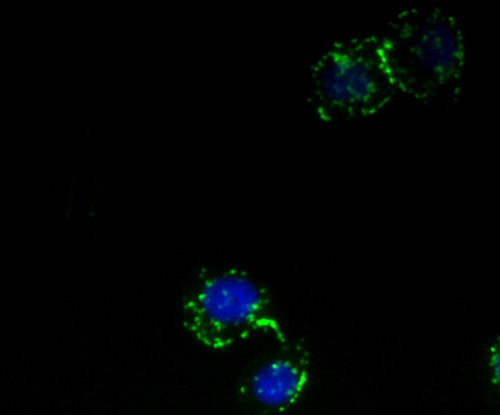
Fig2: ICC staining GRAMD1A in HepG2 cells (green). The nuclear counter stain is DAPI (blue). Cells were fixed in paraformaldehyde, permeabilised with 0.25% Triton X100/PBS.
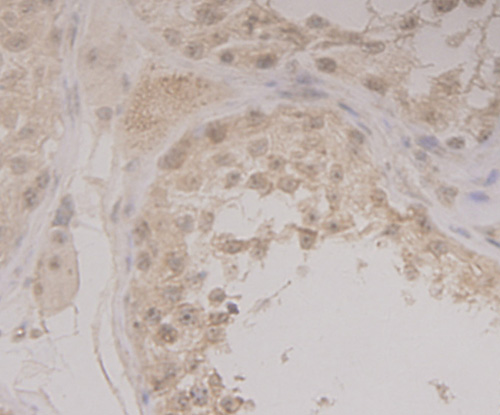
Fig3: Immunohistochemical analysis of paraffin-embedded human tonsil tissue using anti-GRAMD1A antibody. Counter stained with hematoxylin.
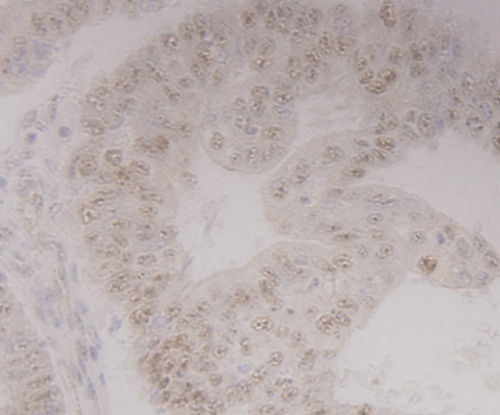
Fig4: Immunohistochemical analysis of paraffin-embedded human endometrial cancer tissue using anti-GRAMD1A antibody. Counter stained with hematoxylin.
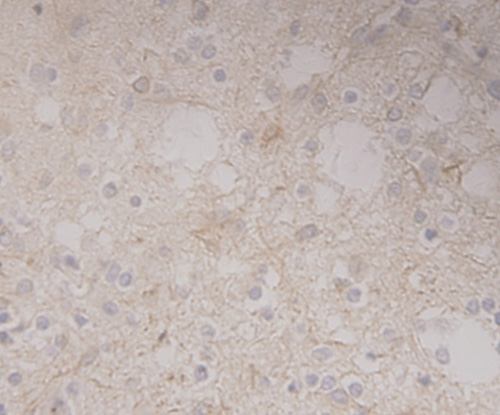
Fig5: Immunohistochemical analysis of paraffin-embedded human glioma tissue using anti-GRAMD1A antibody. Counter stained with hematoxylin.
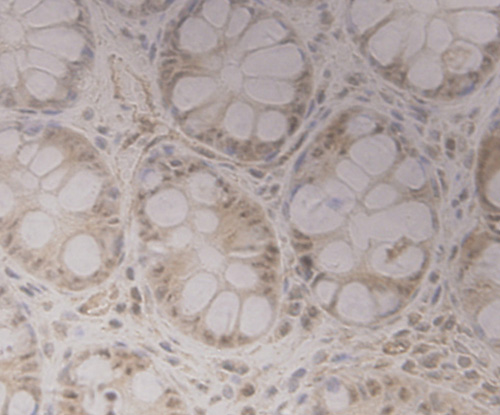
Fig6: Immunohistochemical analysis of paraffin-embedded human colon tissue using anti-GRAMD1A antibody. Counter stained with hematoxylin.
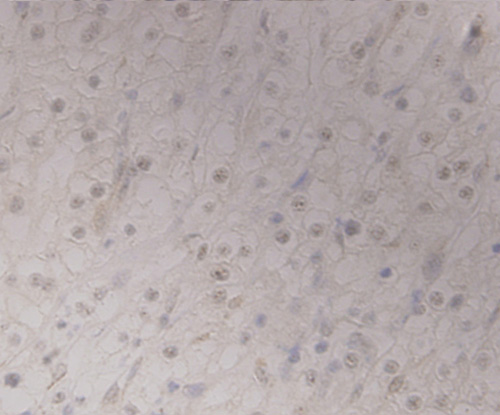
Fig7: Immunohistochemical analysis of paraffin-embedded human renal cell carcinoma tissue using anti-GRAMD1A antibody. Counter stained with hematoxylin.
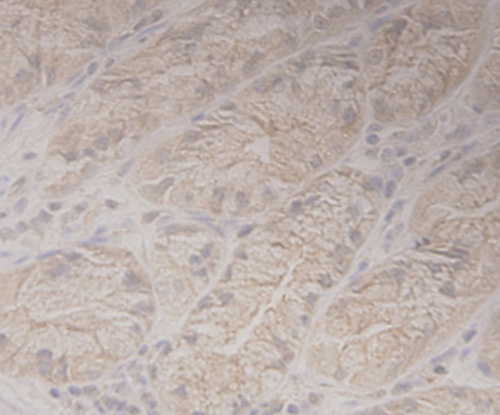
Fig8: Immunohistochemical analysis of paraffin-embedded human stamoch tissue using anti-GRAMD1A antibody. Counter stained with hematoxylin.
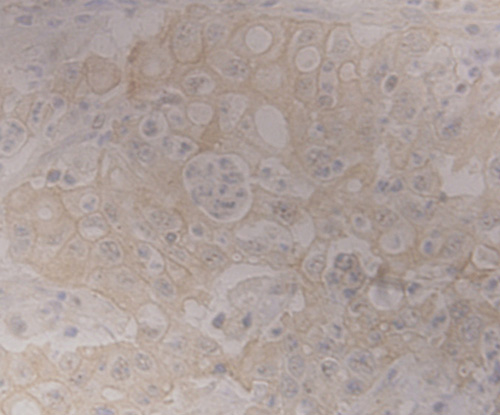
Fig9: Immunohistochemical analysis of paraffin-embedded human gastric adenocarcinoma tissue using anti-GRAMD1A antibody. Counter stained with hematoxylin.
- Background
-
References
- Fu B et al. GRAM domain-containing protein 1A (GRAMD1A) promotes the expansion of hepatocellular carcinoma stem cell and hepatocellular carcinoma growth through STAT5. Sci Rep 6:31963 (2016).
- Song X et al. Production and characterization of a monoclonal antibody against GRAM domain-containing protein 1A. Monoclon Antib Immunodiagn Immunother 33(4):246-53 (2014).
Related Products / Services
Please note: All products are "FOR RESEARCH USE ONLY AND ARE NOT INTENDED FOR DIAGNOSTIC OR THERAPEUTIC USE"
